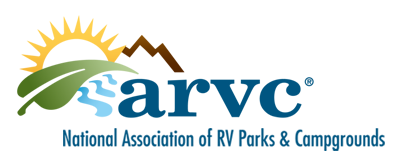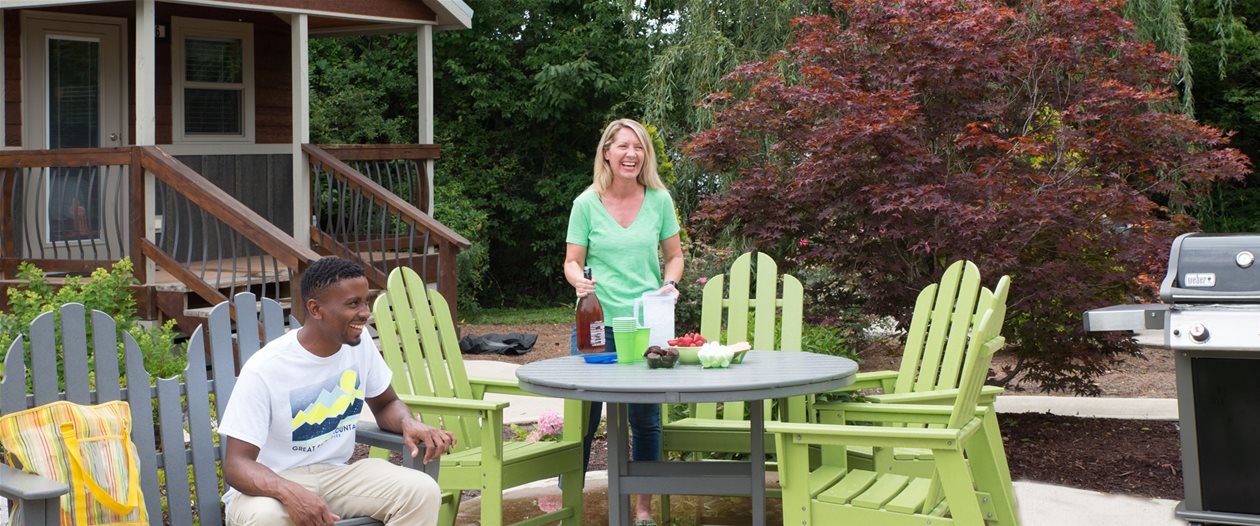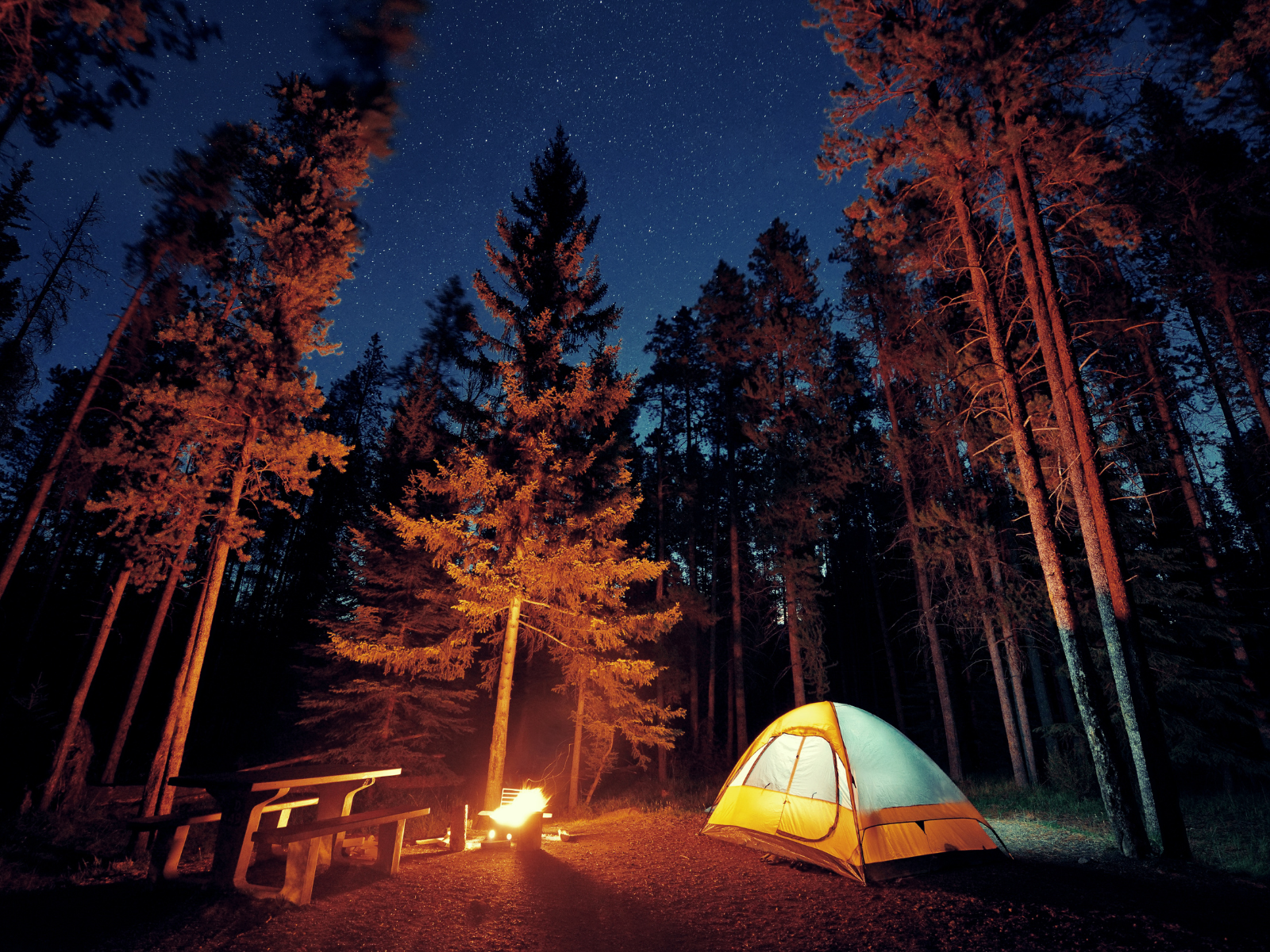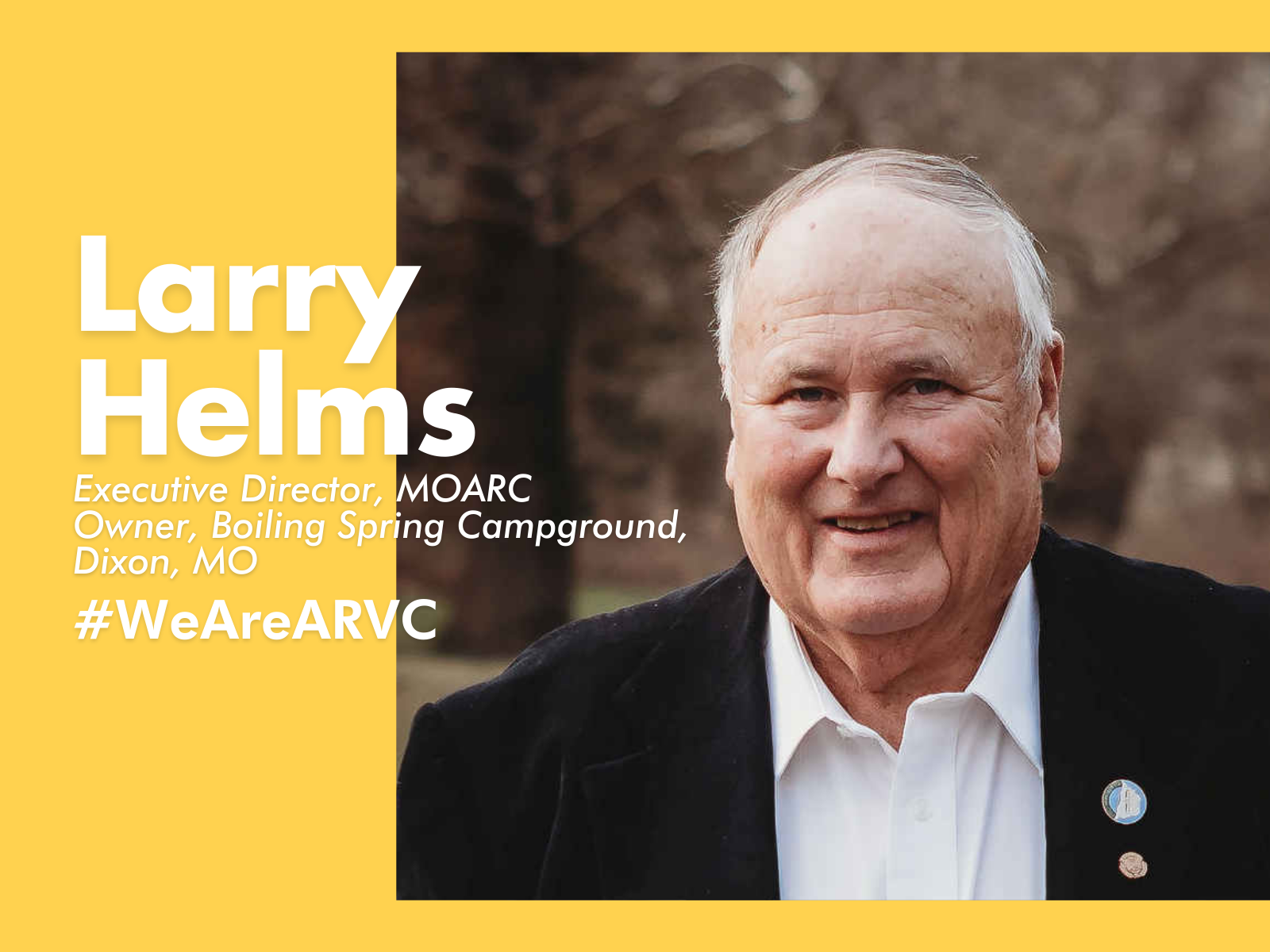The 2020 Industry Trends and Insights Report, released Tuesday by the National Association of RV Parks and Campgrounds, includes data that shows that the COVID-19 pandemic affected parks (some more than others) in a variety of ways in 2020, including impacting shoulder seasons and causing a wide swing in occupancy rates and profits.
The 2020 Industry Trends and Insights Report, released Tuesday by the National Association of RV Parks and Campgrounds, includes data that shows that the COVID-19 pandemic affected parks (some more than others) in a variety of ways in 2020, including impacting shoulder seasons and causing a wide swing in occupancy rates and profits.
Still, despite the challenges 2020 provided, the numbers show the industry was resilient and is poised for continued expansion and growth into 2021.
“Despite a year in which our industry dealt directly with the challenges of the COVID-19 pandemic—a roller coaster economy, travel changes, delayed openings, restrictions to amenities—the privately-owned RV park and campground industry remains strong and the future bright,” says ARVC President and CEO Paul Bambei.
ARVC’s survey sampled 516 outdoor hospitality owners and operators from across the country on expansion trends and plans, along with campground profiles, COVID-19 pandemic effects, guest demographics, amenities, sites and accommodations and rates. The findings of the survey, which are broken down by region, provide relevant insight into the state of the industry, which can be used as a valuable resource for all campground owners and operators when making business decisions.
The overall effects of the COVID-19 pandemic were wide-ranging, with 40% of respondents reporting increased main season occupancy in 2020 compared to the previous year, down from 49% who reported occupancy growth in 2019. 29% of this year’s respondents indicated their park suffered lower occupancy levels in 2020, a large jump from just 8% reporting decreased occupancy in the 2019.
Among those whose main season occupancy increased in 2020, 70% attribute the change to the effects of the COVID-19 pandemic. Among those whose occupancy decreased, 99% also attributed the decrease to the effects of the pandemic.
“Our industry showed tremendous resiliency dealing with this pandemic, but it wasn’t the same across the board. Still, even for parks that suffered in 2020, there is plenty of hope for a huge bounce back year in 2021, proven by 38% of parks that anticipate increased profits in 2020 despite the challenges encountered this year,” says Bambei.
The survey results continue to provide numerical data to support anecdotal evidence of the campground industry expanding rapidly in the past five years and an expectation of growth in the next 12 months. 43% of respondents indicate that the park’s owner plans to expand or open a new park in the coming year, just behind last year’s projection of 46% of parks planning expansion.
The study anticipates more than 53,000 new sites constructed in the next 12 months. These numbers continue to contradict anecdotal comments made previously in the industry suggesting private campgrounds were running out of room to grow.
“The outdoor hospitality industry has been experiencing rapid growth for the past decade, while the COVID-19 pandemic caused a minor dip, the number of people interested in camping rapidly expanded as a result,” says Bambei. “Campground owners need to be prepared to expand and improve their parks to keep up with this increased demand – and they need to know the data so that their parks are prepared to accommodate a new brand of camper.”
In addition to this expansion data, the study also drills down into more details about rates, amenities and popular site types, reporting results by park size and region, ownership statistics and more.
These findings are especially important when compared with other industry surveys, including the 2020 North American Camping Report, published by Kampgrounds of America (KOA), which includes additional information showing the growth and changes in camper demographics.
“For example, if an owner is looking to target the emerging market of millennial campers, they can cross reference this data and KOA’s data showing that millennial campers prefer park models over standard spaces,” says Bambei.
“It removes some of the guess work and helps an owner make a sound business decision based on hard numbers.”
ARVC will complete the Industry Trends and Insights Report on an annual basis so its members, and members of the industry, can use it as the go-to report for year-over-year trends.
As a benefit of membership, the report is available at no cost to ARVC members in their member portal or by clicking here: 2020 Trends and Insights Report. Non-members can download the report for $299 via the ARVC Store: Purchase 2020 Trends and Insights Report.






Leave A Comment